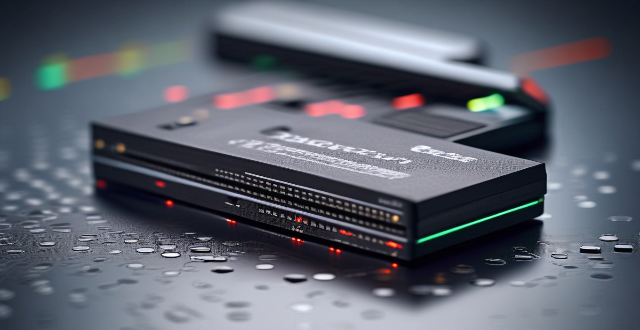Cloning a hard drive involves creating an exact copy of data from one drive to another, useful for backups and upgrades. Requirements include the source and destination drives, cloning software, and potentially an external USB enclosure. The process includes choosing cloning software, preparing drives, connecting them, starting the clone, verifying it, and optionally restoring the computer with the new drive. Tips include backing up data first, ensuring compatibility, checking drive space, and considering bootability.

How to Clone a Hard Drive
Cloning a hard drive is the process of creating an exact copy of all data from one drive to another. This can be useful for backups, upgrading to a new drive, or simply moving your operating system and files to another computer. Here's a step-by-step guide on how to clone a hard drive:
Requirements
- A source hard drive (the one you want to clone)
- A destination hard drive (the one you will clone to)
- Cloning software (e.g., Clonezilla, EaseUS Todo Backup, Macrium Reflect, etc.)
- An external USB enclosure or adapter if you are cloning a laptop drive
Steps to Clone a Hard Drive
Step 1: Choose Your Cloning Software
There are many cloning tools available, both free and paid. Some popular options include:
- Clonezilla: Free and open-source, suitable for advanced users.
- EaseUS Todo Backup: User-friendly with a free version available.
- Macrium Reflect: Offers both free and paid versions with comprehensive features.
Step 2: Prepare Your Drives
Make sure the destination drive is at least as large as the source drive and formatted in a compatible file system. If it's not already formatted, use the cloning software to prepare it.
Step 3: Connect Both Drives
Connect both the source and destination drives to your computer. For internal drives, this means installing them in your computer case. For external drives, connect them via USB.
Step 4: Start the Cloning Process
Launch your chosen cloning software and follow these general steps:
1. Select the Source Drive: Indicate which drive you want to clone.
2. Select the Destination Drive: Choose where you want the cloned data to go.
3. Configure Options: Set any additional options such as compression, partition resizing, or disk alignment.
4. Initiate the Clone: Begin the cloning process and wait for it to complete. This may take some time depending on the size of your data.
Step 5: Verify the Clone
After the cloning process is finished, verify that the clone was successful:
- Boot from the destination drive to ensure the operating system starts up correctly.
- Check that all files and applications are present and functioning as expected.
Step 6: Restore Your Computer (Optional)
If you're using the cloned drive to replace an old one, now is the time to swap them out:
- Turn off your computer and unplug all power sources.
- Open your computer case and replace the old hard drive with the cloned one.
- Reconnect power and boot your computer from the new drive.
Tips and Considerations
- Backup First: Before cloning, make sure to back up important data in case something goes wrong.
- Compatibility: Ensure that the destination drive is compatible with your computer's hardware and operating system.
- Drive Space: Remember that the destination drive needs to be equal to or larger than the source drive in terms of storage capacity.
- Bootability: Only clone an entire drive if you intend to boot from it; otherwise, consider just copying specific files or folders.
By following these steps, you should be able to successfully clone your hard drive and have a reliable backup or upgrade path for your storage solution.